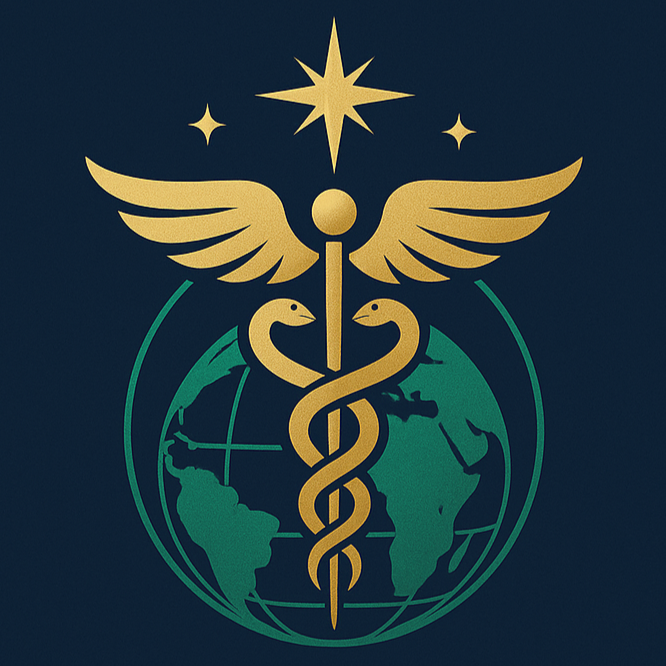Development Of Artificial Organs 人工器官發展
The most promising artificial organs currently focus on the following types, all of which share common characteristics: high clinical demand, rapid technological advancement, and the existence of prototypes or ongoing human trials.
🌟 Most Promising Artificial Organs in Development
Currently, several artificial organs show great promise due to high clinical demand, rapid technological advancement, and progress toward human trials or clinical application. Below are the most promising ones and their development status:
🌟 1. Artificial Kidney
🔹 Why It Shows Promise:
-
High prevalence of kidney disease and a huge demand for renal replacement therapy.
-
Traditional dialysis has many side effects and significantly lowers quality of life.
🔹 Leading Research:
-
The Kidney Project (USA): A collaboration between UCSF and Vanderbilt University developing an implantable artificial kidney that combines nanofiltration and living kidney cells. It works without the need for immunosuppressants.
-
Successful in animal trials, expected to enter human trials within a few years.
🌟 2. Artificial Pancreas
🔹 Why It Shows Promise:
-
Especially meaningful for Type 1 diabetes patients, mimicking natural insulin regulation.
-
Already approved and in clinical use in several countries.
🔹 Technology:
-
A closed-loop system combining Continuous Glucose Monitoring (CGM) + Insulin Pump + AI algorithms.
-
Companies like Medtronic, Tandem, and Insulet already have commercial products on the market.
🌟 3. Bioartificial Liver
🔹 Why It Shows Promise:
-
Liver transplant wait times are long, and donor organs are scarce.
-
A bioartificial liver could buy time for patients with acute liver failure.
🔹 Technical Approach:
-
Combines mechanical filtration with bioreactors containing live liver cells.
-
Systems like ELAD (by Vital Therapies) entered clinical trials, though still face challenges with cell viability and metabolic performance.
🌟 4. Total Artificial Heart (TAH)
🔹 Why It Shows Promise:
-
Offers a life-saving option for patients with end-stage heart failure, either as a bridge to transplant or long-term support.
-
Highly mature technology; some patients have lived several years with a fully artificial heart.
🔹 Notable Examples:
-
Aeson (by Carmat, France): Self-regulating blood flow, uses biocompatible materials, approved for clinical trials in Europe.
-
SynCardia TAH (USA): FDA-approved portable artificial heart used as a bridge to transplant.
🌟 5. Artificial Trachea and Bronchi
🔹 Why It Shows Promise:
-
Life-saving for patients with severe airway defects or cancer.
-
Compared to other organs, its structure is simpler and more about support than metabolic function.
🔹 Technical Approach:
-
3D printing combined with stem-cell-derived cell coating, helping to reduce rejection.
-
Sweden's Karolinska Institute has conducted pioneering human transplants—despite controversy, the technology continues to evolve.
目前最有希望的人工器官主要集中在以下幾種,其共同特徵是:臨床需求大、技術進展快、已有原型或進入人體試驗階段。
🌟 1. 人工腎臟(Artificial Kidney)
🔹 為什麼有希望:
-
腎臟疾病盛行率高,腎衰竭患者對替代治療的需求極大。
-
現有的透析治療副作用多,生活品質差。
🔹 最先進的研究:
-
The Kidney Project(美國):由加州大學舊金山分校與范德堡大學合作,開發植入型人工腎臟,整合奈米過濾與活腎細胞,可不需免疫抑制劑。
-
已在動物實驗中成功,預計數年內進入人體試驗。
🌟 2. 人工胰臟(Artificial Pancreas)
🔹 為什麼有希望:
-
對第1型糖尿病患者意義重大,可模擬正常胰臟自動調節血糖。
-
已獲多國批准使用,屬於已臨床應用階段。
🔹 技術構成:
-
由 連續血糖監測(CGM)+ 胰島素泵 + 演算法(AI)所組成的閉環系統。
-
廠商如 Medtronic、Tandem、Insulet 等已有產品上市。
🌟 3. 生物人工肝臟(Bioartificial Liver)
🔹 為什麼有希望:
-
肝臟移植等待時間長、供體缺乏。
-
急性肝衰竭患者若能使用人工肝,可爭取寶貴時間等待移植。
🔹 技術方向:
-
結合機械過濾與活肝細胞的生物反應器。
-
像是 ELAD 系統(由Vital Therapies公司研發),曾進入臨床試驗階段,但仍面臨生物活性與存活時間的挑戰。
🌟 4. 人工心臟(Total Artificial Heart, TAH)
🔹 為什麼有希望:
-
對末期心衰竭患者是延命甚至替代移植的選擇。
-
技術成熟度高,已有患者成功使用人工心臟生活數年。
🔹 知名案例:
-
Carmat(法國)開發的Aeson人工心臟:可自動調整流量,使用生物相容材料,已在歐洲核准做臨床試驗。
-
美國SynCardia TAH:可攜帶式外接電源,已獲FDA批准用於移植前過渡使用。
🌟 5. 人工氣管與支氣管(Artificial Trachea)
🔹 為什麼有希望:
-
對於重度氣管缺損或癌症患者意義重大。
-
比其他臟器構造單純,支撐需求高於代謝功能。
🔹 技術方向:
-
3D列印 + 幹細胞外層覆蓋技術,能避免排斥。
-
瑞典Karolinska團隊曾進行過人體移植,雖然初期有爭議,但技術仍在持續改善。


